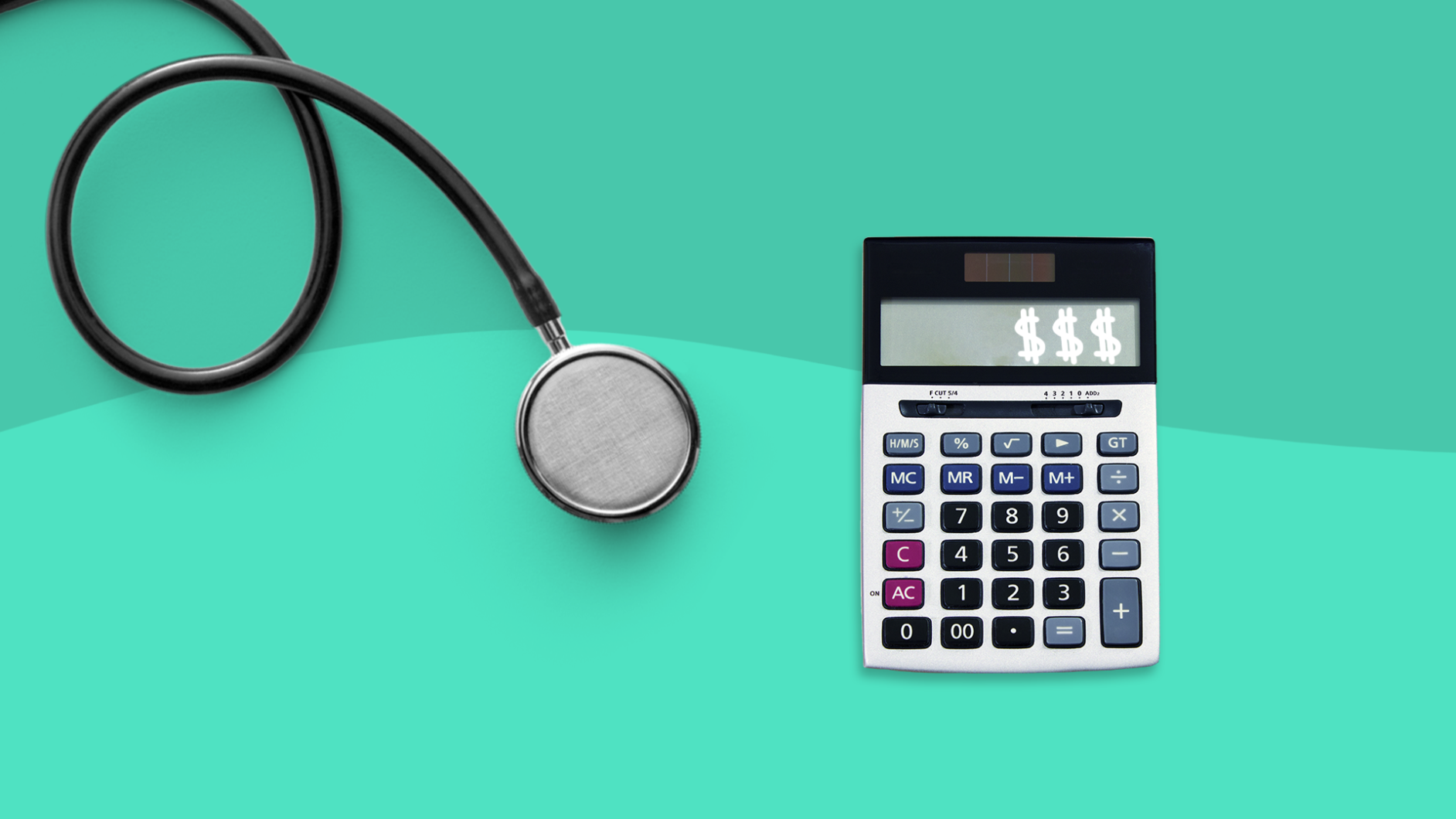Healthcare is a complex subject with terms that can seem like a completely different language at times. One of those terms is copayment, or better known as copay. A copay is a fixed amount paid for prescriptions or healthcare services when you visit the doctor. But like most things health insurance-related, is it really that simple?
What is a copay?
For most insurance plans, every time you see a doctor after meeting your deductible you pay a set amount called a copay. A copay works as a flat-fee your general practitioner or specialist charges you for using their services. The specific amount is determined by your health insurance plan, so make sure to read the fine print. Plans with lower monthly premiums may have higher copays.
It’s important to note that copays are for commercial, employer, and marketplace insurance. Medicare and Medicaid will have different rules and recommendations than the following information.
Copays are a form of cost sharing with your health insurance company. They also are intended to help deter consumers from accessing unneeded medical care. Copays can have some complicated relationships with other parts of your health insurance cost structures.
Before you reach your annual deductible—which is the amount of money you have to pay before your insurance company will help cover your medical expenses—you will foot the entire bill for a covered procedure or prescription. Once you’ve reached your deductible, your coinsurance kicks in, meaning your plan will start being responsible for a set percentage of medical costs. This is where your medical expenses get tricky, especially since your copay does not count toward your deductible, but rather goes toward your annual out-of-pocket maximum.
Now, here’s an example to help clear things up: You sprained your foot playing soccer and think, “Boy, I’m so lucky I recently met my deductible, and insurance will cover this trip to urgent care.” But what you don’t realize is you’re responsible for your copay and coinsurance. Before you leave the doctor’s office, the receptionist asks you to pay your $20 copay upfront. Two weeks later, you receive a bill for an additional $80—this is your coinsurance, which in this example is 20% of any medical bill total (and in your case it was a $400 bill). Thus, for this sprained foot, you ended up paying $100. Plans often negotiate rates, so they will pay your provider a percentage of the negotiated rate before you’re expected to pay your appropriate coinsurance amount.
People tend to think that once they reach their deductible, they’ll be free of medical bills. However, insurance will only cover all your medical expenses once you’ve met your out-of-pocket maximum, which is met by a combination of paying your deductible, coinsurance, and copays.
RELATED: What’s the difference between a copay vs. deductible?
What does a copay cover?
A copay usually helps cover costs at a variety of office visits. However, medical services requiring copays vary between insurance plans. Services that typically require a copay include:
- Primary care and specialist doctor visits
- Physical, occupational, and speech therapies
- Prescription drugs
- Mental health services: i.e. drug rehabilitation, psychotherapy
- Urgent care
- Emergency room visits
- Ambulance rides
Copay prices typically vary between services and could be higher at a specialist visit than a primary care physician visit. Out-of-network providers will also usually have a higher copay. If your copay is high cost across the board, this may be because you have a lower-premium health insurance plan.
It is also important to note that due to the Affordable Care Act, some preventive care services such as checkups, cancer screenings, or a well-woman visit should have no consumer cost-sharing.
How do I know if I will have a copay?
Most insurance companies or healthcare providers require copays to be paid at the time of service. Oftentimes, the copay amount is printed directly on your health insurance card. It may even have the amounts listed for different services like a primary care visit and specialist care services. Look at your insurance plan to get a detailed list of all covered services requiring a copay and the cost of each.
Some insurance plans have no copay. In this case, it is probably a more expensive plan, so while there is no copay for services, you are still spending extra money with the plan premiums.
How to lower your copay
Out-of-pocket costs don’t always have to hit your bank account. If you contribute to a health savings account (HSA), flexible savings account (FSA), or health reimbursement account (HRA), you can use these pre-tax funds to cover your copay. After all, this is money you’ve already set aside for health benefits. However, the only way to lower your copay would be by switching insurance plans, which isn’t always an option.
However, SingleCare is here to help. Sometimes copays for prescriptions could be higher than the discounted rate you could get with a SingleCare card. Search for your prescription at singlecare.com to see what your best price is.











